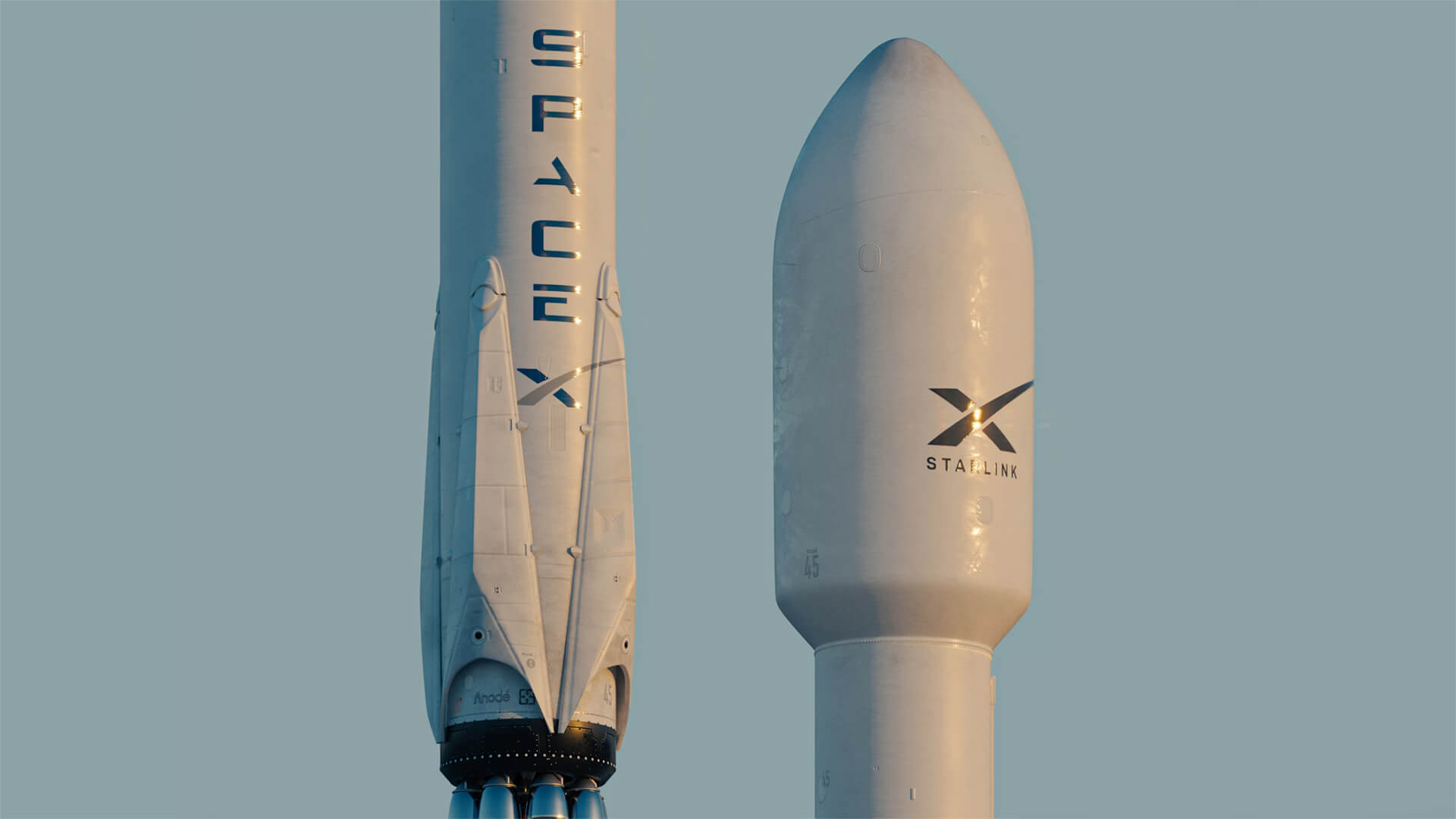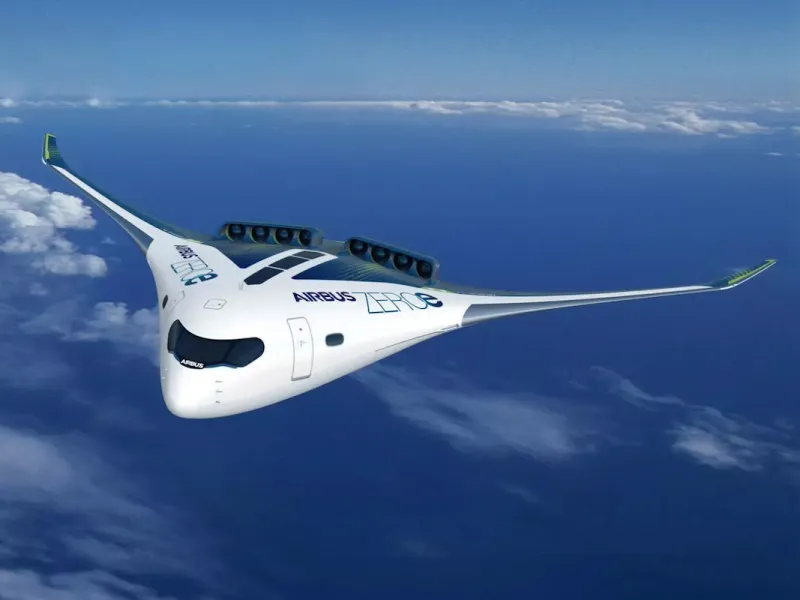The dream of flying from New York to Tokyo in under two hours is no longer science fiction. With the rapid advancement of hypersonic technology, aerospace engineers are pushing the limits of speed, material science, and thermal protection systems. This article explores how hypersonic flight is shaping the future of both military and commercial aviation.
What is Hypersonic Flight?
Hypersonic speed is defined as Mach 5 or greater—five times the speed of sound, or over 3,800 mph at sea level. At these velocities, traditional aerodynamics no longer apply. The shockwaves, intense friction, and air compression introduce complex engineering challenges.
There are two main types of hypersonic vehicles: cruise vehicles and glide vehicles. Cruise vehicles are powered throughout flight, often using scramjets, while glide vehicles are launched into space and then re-enter Earth’s atmosphere, skipping across it like a stone on water.
Hypersonics have been in development since the Cold War, but only recently have materials and propulsion technologies matured enough to support full-scale flight testing.
Engineering Challenges and Breakthroughs
At Mach 5+, the aircraft’s surface can reach temperatures exceeding 2,000°C. This necessitates advanced thermal protection systems, often using carbon-carbon composites or ceramic matrix composites to withstand extreme heat.
Propulsion is another major hurdle. Traditional jet engines fail at hypersonic speeds. Scramjets—supersonic combustion ramjets—allow continuous airflow through the engine at supersonic speeds, enabling sustained hypersonic flight without moving parts.
Designing the airframe requires managing aerodynamic heating, pressure loads, and control at high speeds. Recent breakthroughs in computational fluid dynamics (CFD) and wind tunnel testing have enabled better modeling and validation of designs before physical testing.
Military and Commercial Applications
Military agencies have led the charge in hypersonic R&D. The U.S. DARPA, China's PLA, and Russia's defense industry have all developed hypersonic glide vehicles and cruise missiles, like the U.S. AGM-183A ARRW or Russia’s Avangard.
Commercial applications are catching up. Companies like Hermeus and Venus Aerospace are developing civilian hypersonic transport that could revolutionize long-haul travel. NASA and Boeing are also exploring concepts for hypersonic airliners of the future.
Hypersonic cargo delivery systems, emergency medical transport, and even space access vehicles are being envisioned, offering not just speed but also strategic flexibility.
The Road Ahead for Hypersonic Flight
Though promising, hypersonic vehicles face regulatory, economic, and technical barriers before becoming mainstream. Noise, environmental impact, and infrastructure compatibility remain concerns.
Continued government and private investment is vital to scaling these systems. Testing corridors, high-speed wind tunnels, and ground-based infrastructure need expansion.
Collaboration between aerospace companies, defense agencies, and universities will play a pivotal role in refining technologies and ensuring safety, scalability, and public acceptance.
Closing Thoughts
Hypersonic flight is no longer just a defense objective—it’s the next frontier in aviation. With continued innovation, it has the potential to transform how we connect, move, and protect across the globe.



